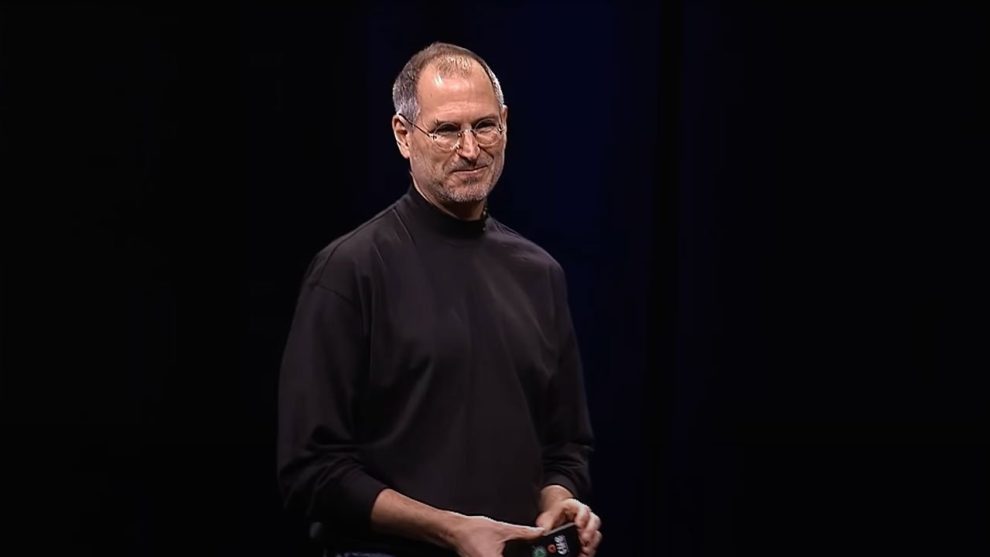Today, October 5, 2024, marks 13 years since the passing of Steve Jobs, the visionary co-founder of Apple who revolutionized the tech industry and changed the way we interact with technology. The legacy of this innovative genius continues to shape the company he helped build and the world of technology at large.
The Final Days of a Tech Icon
Thirteen years ago, on Wednesday, October 5, 2011, at approximately 3:00 p.m. Pacific Time, Steve Jobs peacefully passed away at his home in Palo Alto. He was surrounded by his loving family, including his wife, Laurene Powell Jobs. The Santa Clara County Public Health Department later attributed his death to respiratory arrest, a complication stemming from a metastatic pancreas neuroendocrine tumor.
Steve’s brilliance, passion and energy were the source of countless innovations that enrich and improve all of our lives,” said Apple’s board of directors in a statement released on that fateful day. “The world is immeasurably better because of Steve.”

A Visionary’s Last Public Appearance
As I walk through the meticulously landscaped grounds of Apple Park, I’m reminded of Jobs’ last public appearance. On June 7, 2011, just months before his passing, he addressed a Cupertino City Council meeting to discuss plans for this very campus. Little did anyone know that this would be his final public engagement.
It’s a little like a spaceship landed,” Jobs had said, describing the circular design of what would become Apple’s headquarters. Today, that “spaceship” stands as a testament to his vision and Apple’s commitment to innovative design.
From Garage to Global Phenomenon
The story of Apple’s humble beginnings is now the stuff of legend. In 1976, at the age of 21, Jobs co-founded Apple with his friend Steve Wozniak in the Jobs family garage. It was here that they developed the first Apple I and Apple II computers, laying the foundation for a company that would go on to become one of the most valuable in the world.
“Those were exciting times,” recalls Steve Wozniak, whom I managed to reach for a comment. “We had no idea then how our work would change the world. Steve had this incredible vision and drive that pushed us to create something truly revolutionary.”
Transformative Products and Cultural Impact
Under Jobs’ leadership, Apple brought forth a series of groundbreaking products that transformed entire industries. The Macintosh, introduced in 1984, revolutionized personal computing with its graphical user interface. The iPod, launched in 2001, changed how we listen to music. The iPhone, unveiled in 2007, redefined the smartphone and mobile computing. And the iPad, introduced in 2010, created an entirely new category of devices.
“Steve had an uncanny ability to anticipate what people wanted before they even knew they wanted it,” says Dr. Sarah Chen, a technology historian at Stanford University. “His products didn’t just meet needs; they created desires and shaped cultural norms.”
Beyond Apple: Pixar and Disney
Jobs’ influence extended beyond Apple. As the chairman and majority shareholder of Pixar, he played a crucial role in revolutionizing animated filmmaking. After Disney’s acquisition of Pixar, Jobs served on The Walt Disney Company’s board of directors, further expanding his impact on the entertainment industry.
“Steve’s contributions to both technology and entertainment were unparalleled,” notes John Lasseter, former Chief Creative Officer of Pixar Animation Studios. “He had a unique ability to bridge the gap between technology and creativity, pushing both fields forward in the process.”
The Steve Jobs Theater: A Lasting Tribute
As the sun begins to set, casting a golden glow over Apple Park, I make my way to the Steve Jobs Theater. This 1,000-seat auditorium, named in honor of the late tech visionary, has become the stage for Apple’s most significant product launches and announcements.
The theater is more than just a venue,” explains Maria Rodriguez, an Apple employee I speak with outside the building. “It’s a symbol of Steve’s enduring influence on the company. Every time we gather here for a new product launch, we feel his spirit of innovation pushing us forward.”
Continuing the Legacy of Innovation
As I conclude my visit to Apple Park, it’s clear that Steve Jobs’ vision continues to guide the company he co-founded. From the Apple Watch to advancements in augmented reality and artificial intelligence, Apple remains at the forefront of technological innovation.
Tim Cook, Apple’s current CEO, shared his thoughts on this anniversary via a company-wide memo: “Steve’s spirit and his philosophy on innovation continue to be the foundation of everything we do at Apple. We strive every day to live up to his legacy and to make products that would make him proud.”
Thirteen years after his passing, Steve Jobs’ impact on technology, design, and popular culture remains profound. His vision transformed not just Apple, but entire industries, changing the way we communicate, work, and experience entertainment. As Apple and the tech world continue to evolve, Jobs’ legacy serves as both an inspiration and a challenge to push the boundaries of what’s possible.
From the garage in Palo Alto to the spaceship-like campus in Cupertino, Steve Jobs’ journey epitomizes the transformative power of vision, determination, and innovation. As I leave Apple Park, the words Jobs once spoke ring true: “The people who are crazy enough to think they can change the world are the ones who do.” Steve Jobs was undoubtedly one of those people, and the world is indeed different because of him.
















Add Comment